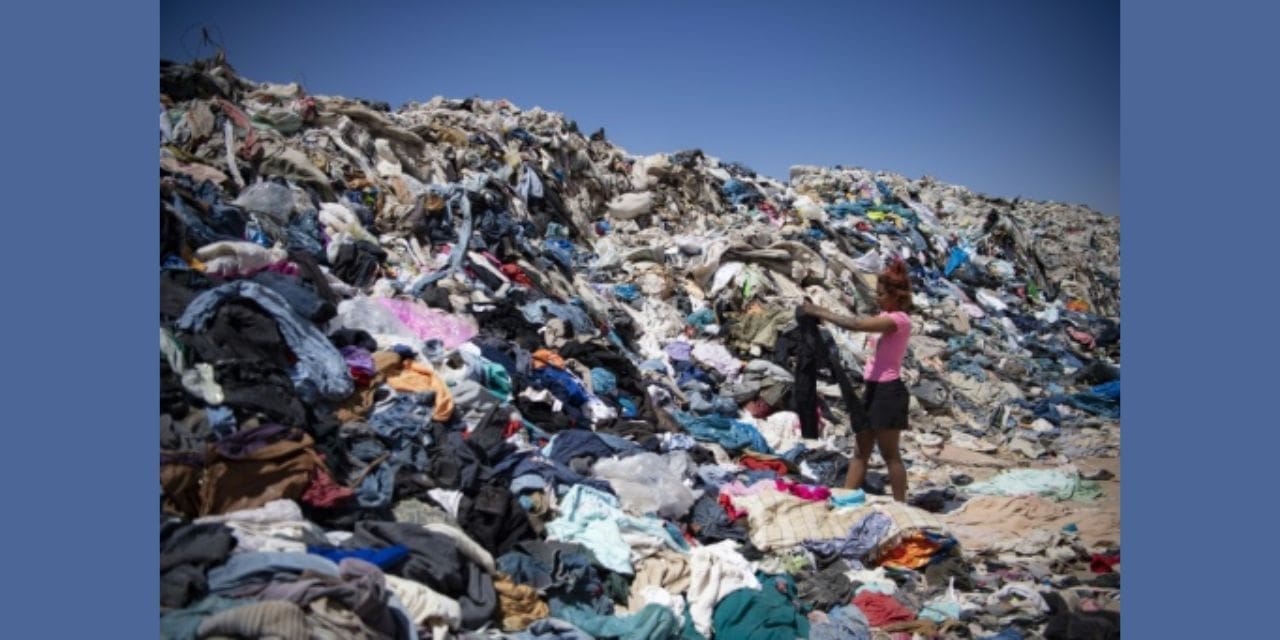The massive waste problem in the fashion sector is driving governments, especially in Europe, to set high recycling objectives. The issue is that recycling textiles is an extremely difficult operation for which there are still no well-developed technical solutions.
NGOs caution that the true issue is overproduction and that technological advancements might only serve as a smokescreen for manufacturers to keep producing billions of new garments annually. However, there is currently pressure to begin recycling on a large scale.
“If brands don’t reach high recycling levels quickly, the EU will penalise them heavily,” circular economy specialist Paul Foulkes-Arellano warned. AFP consulted with a number of experts to determine which concepts would have the greatest impact.
While many may fall short, the following selection of competitors highlights the various difficulties facing the textile recycling industry. Since most clothing is made of multiple materials, recycling it can be challenging. The American company Circ has developed a chemical method to disassemble polycotton, the most popular blend, into its component ingredients.
To liquefy the polyester and separate it from the cotton, a hydrothermal procedure is used. Then, both can be transformed into new fibres. They were used by Zara for an April-released apparel line. Large volumes of used clothing need to be kept clean and apart from other waste, but there isn’t the infrastructure in place in the world to collect and sort them.
SuperCircle combines tracking systems, warehouses, and delivery companies to simplify and save costs. By offering free shipping labels, in-store drop-off bins, and other incentives, they seek to alter public perceptions.
“We need ease, convenience and incentives for consumers so that when they are done with an item, the first thing they think is end-of-life recycling,” Stuart Ahlum, our co-founder, remarked.
Having begun with their own brand, Thousand Fell, they have grown quickly and are currently in charge of all recycling logistics for other businesses, including Uniqlo North America.
With a patented process that recycles cotton with little harm to the fibres, Saentis Textiles has already contributed to the solution of one major problem, enabling the production of high-quality new textiles.
Among the companies that employ its recycled cotton are Tommy Hilfiger, Patagonia, and IKEA.
It is currently offering its equipment to textile manufacturers so they can install it right in their operations and use cut-offs and waste for immediate recycling.
According to Unspun, it has developed the first 3D weaving machine in history, which can produce a pair of jeans in any size directly from yarns in less than ten minutes. Before clothing can be recycled, it needs to be prepared, and Cetia, a French company, specialises in this. Its machines range from simple ones that pull the soles off shoes to more complex ones. Some are more intricate than others.
AI is used to identify hard points like buttons and zippers, and a laser is then used to cut them off without causing any damage to the object.

